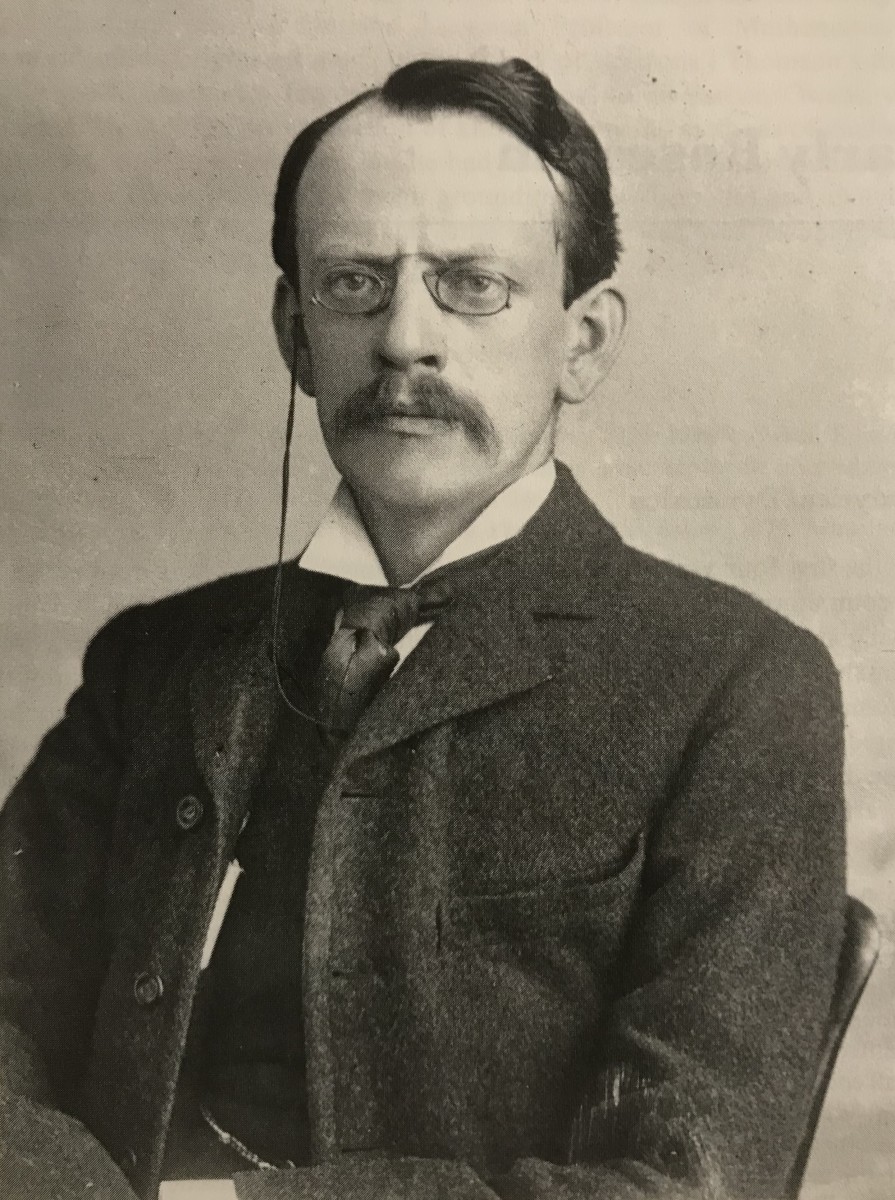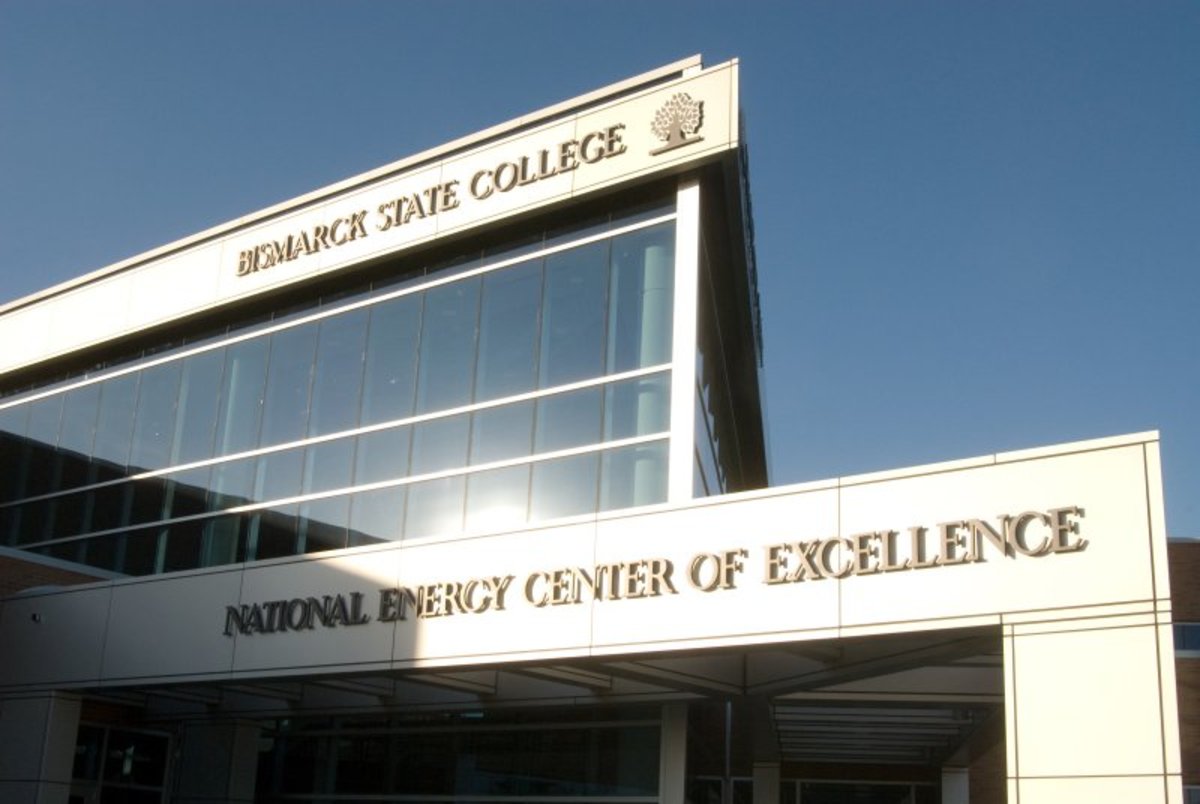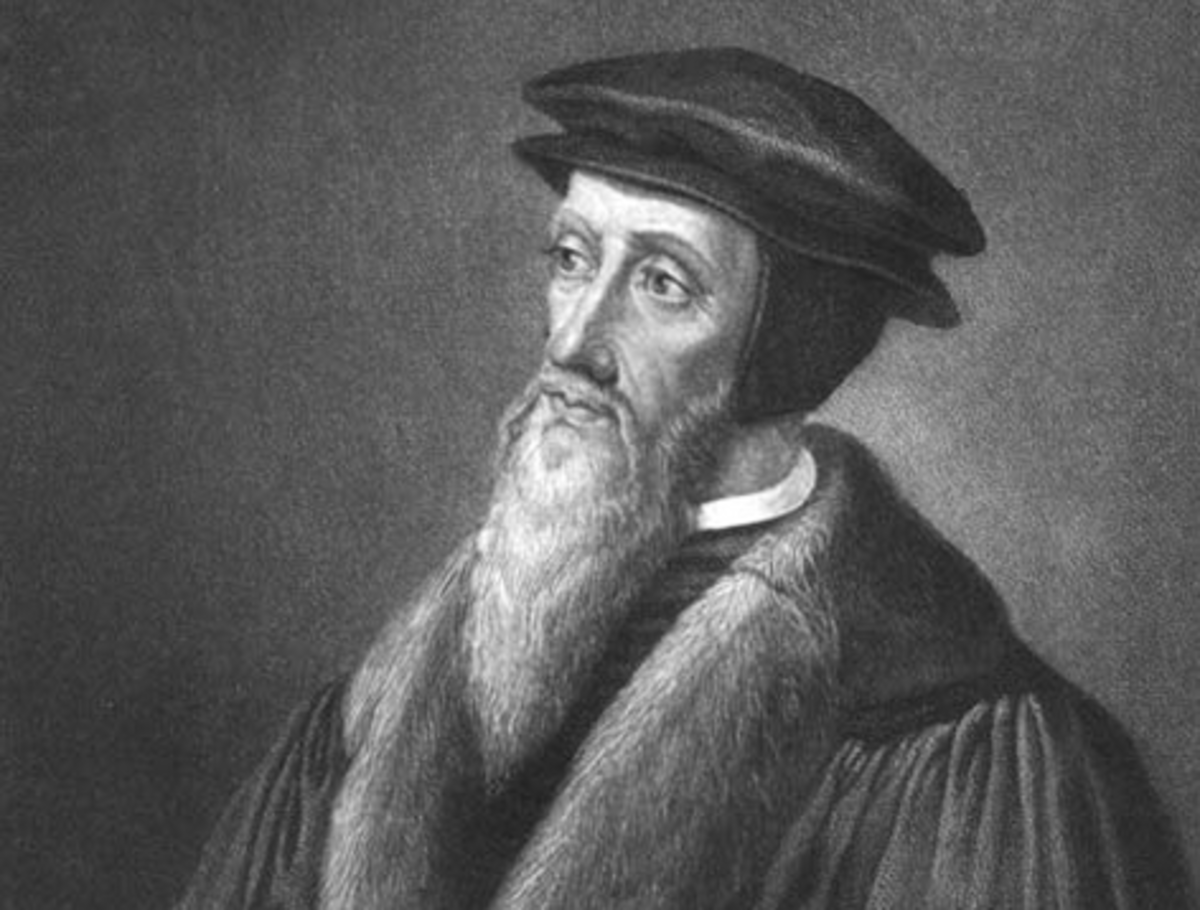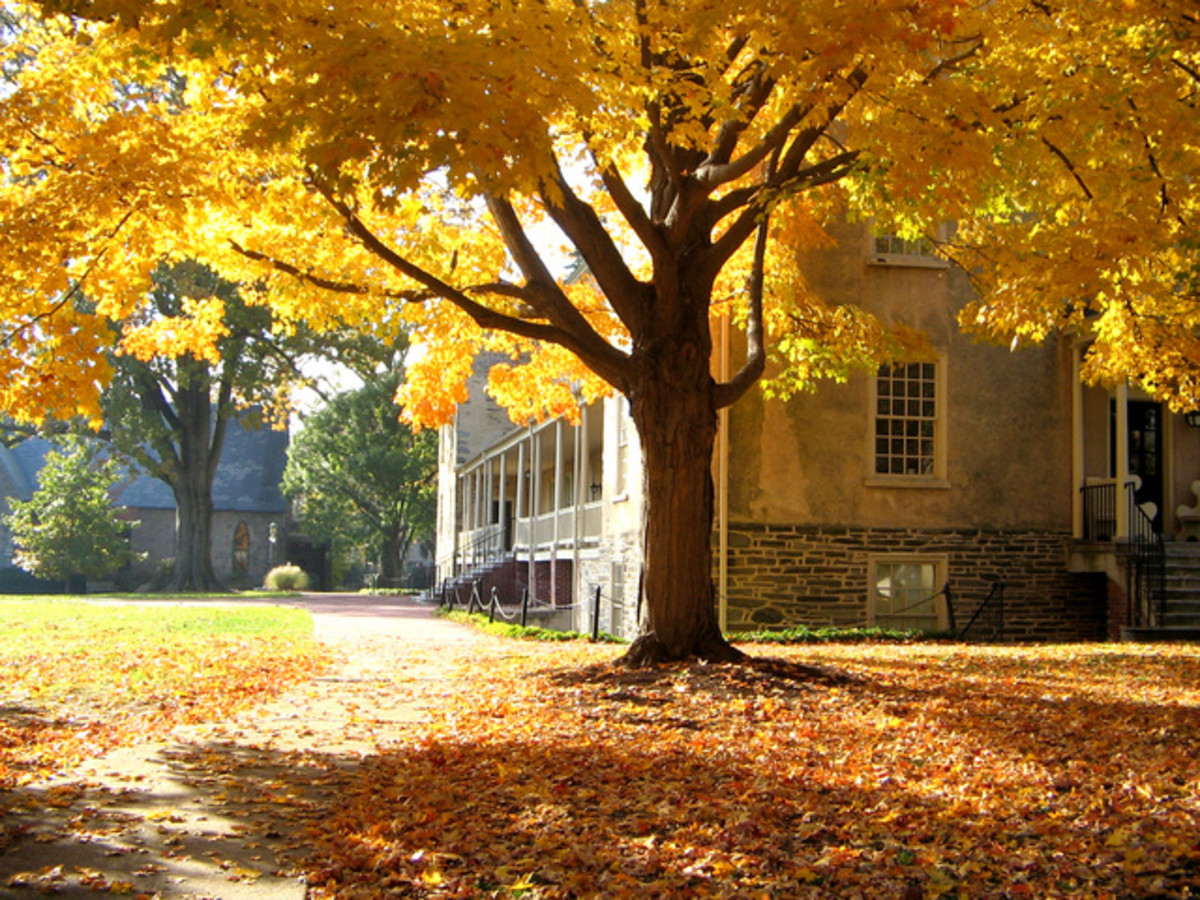Cambridge University – Heritage Combines with Excellence

The term ‘Oxbridge’ is used to mention the two famous Universities, Oxford and Cambridge, in UK. These are world famous mainly because of their leading international reputation. These two universities have different working methods from other Universities in UK, in the admission processes, in teaching methods and in many other academic fields.
The Cambridge University
The Cambridge University is known and respected all over the world for its distinctive quality in teaching and research. The graduates came out of the University after the studies of their courses are well equipped to lead the world by their intelligence and knowledge. In the ‘QS (Quacquarelli Symonds) World University Rankings’ conducted in 2013, Cambridge University was placed in the number three position among all the universities of the world and awarded 5* for its teaching and research works.
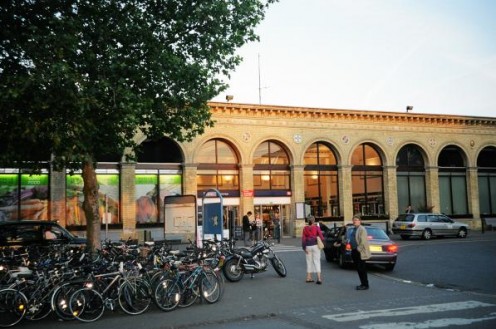
A Brief History of Cambridge University
Cambridge is a beautiful place in UK and its existence can be traced back to very olden times; that is before the Roman Empire. A 3,500 year old evidence of a farmstead was discovered at the site of Fitzwilliam College in Cambridge. After the Romans, this place came under the occupation of Saxons and then under Vikings. In 1068, King William of Normandy built a castle here and afterwards Cambridge fell under the control of the King and his deputies.
Cambridge University was founded in the year 1209. The oldest college that still exists in the university campus is ‘Peterhouse’ and it was built in 1284. In 1349, Cambridge was affected by the ‘Black Death’ (an epidemic that claimed many lives in UK in 14th century) and lost nearly 40 scholars.
King’s College Chapel is one of the well-known buildings in Cambridge and its construction was started by King Henry VI and was completed during the reign of King Henry VIII. Further expansion of the Cambridge was done in the 19th century after the introduction of railway in 1845. The train link to London from Cambridge brought more expansion programs and more employment potentiality to this place. In 1850, a Royal Commission was appointed to study about the working of the two ancient universities of UK, Oxford and Cambridge and based on the report of this commission, the Cambridge University Act of 1856 was implemented.
Cambridge University

In 20th century, during the First World War (1914-19), Cambridge University played great role by their active participation in the war. Nearly 14,000 members of the University were actively participated in the war time activities and 3000 of them had lost their life in this war. Based on the report of the Royal Commission appointed in 1920, the University was enabled to receive an annual grant from the Government.
Cambridge became an important center for defense of the east coast during the Second World War. The Cambridge town was narrowly escaped the continuous bombing raids by the Germans. A secret meeting of military leaders in 1944, arranged in Trinity College of Cambridge, laid the foundation for the allied invasion of Europe. In this war time, Cambridge served as an evacuation center for over 7,000 people from London.
After the Second World War, the reputation of the Cambridge University was largely accepted by the active participation of the pupils and other associates in the war. New departments and research institutes were established with new courses. Admission to the women students were started in 1947 and now three colleges are functioning in the University for women only and these colleges are Newnham, Murray Edwards College and Lucy Cavendish.
Different Colleges in Cambridge University

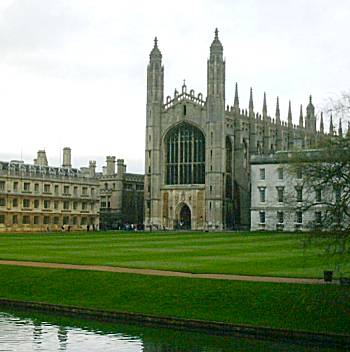
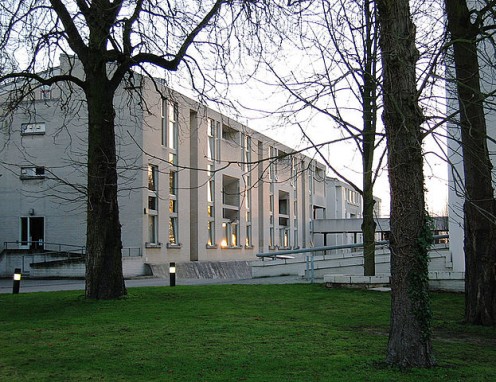
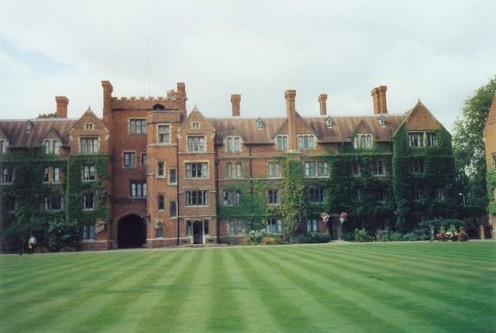
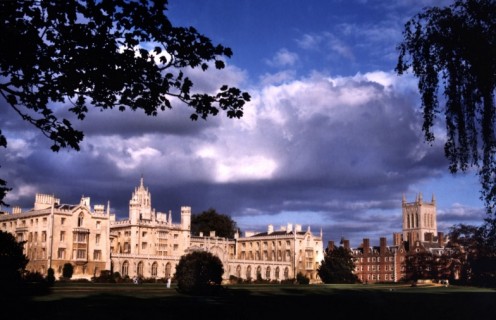
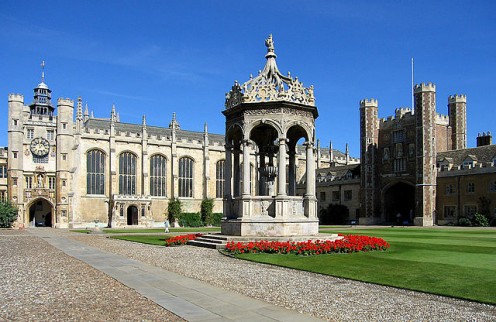
An Interview at Cambridge
800th Anniversary Celebrated in 2009
In the year 2009, Cambridge University celebrated its 800th anniversary. 800 glorious years have passed after its establishment in 1209. A large number of events and projects were conducted throughout the year to celebrate 800th anniversary. More than ten thousand people have partaken in the opening celebrations of this anniversary celebration. The year long celebration was ended on 18th January 2010 with the participation of nearly 20,000 people.
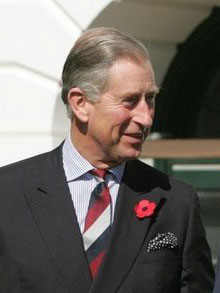
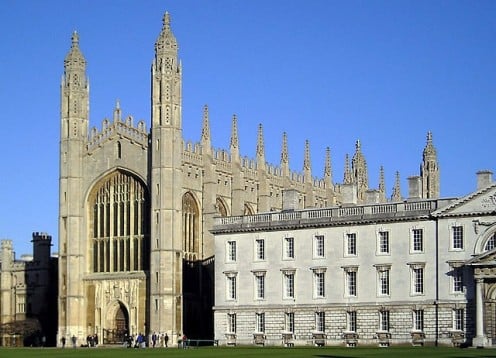
Former Students of Cambridge University Who Have Made Success in Different Fields
The University maintains a close relationship between teaching, learning and research. Teaching and academic guidance are handling by the experts in the fields, along with personal tuitions to the students when it is required. The education in this University will mold the students with a strong sense about their responsibility to the community. The emergence of many world leaders, scientists and other celebrities from this University are the living examples of the academic excellence of the University.
Some of the uncountable world leaders who have got expert training from Cambridge University are Charles, Prince of Wales, Charles Cornwallis and Louis Mountbatten (Governor-Generals of India), Sir Francis Bell (former Prime Minister of New Zealand), Stanley Bruce (former Prime Minister of Australia), Fakruddin Ali Ahmed and Shankar Dayal Sharma (former Presidents of India), Jawaharlal Nehru, Rajiv Gandhi and Manmohan Singh (former Prime Ministers of India) etc.
Some of the famous authors and other celebrities who have completed their graduation in Cambridge University are Sir Kingsley Amis (Booker Prize winner), Vladimir Nabokov, J.B. Priestley, Sir Salman Rushdie (Booker Prize winner), Lord Byron, Michael Apted (Grammy Award winner), Lord Richard Attenborough (Academy Award winner), John Cleese (Emmy Award winner) and Hue Laurie (Golden Globe Award winner).
Some of the many scientists who have received Nobel Prizes for their excellence in their individual fields and have completed their education in Cambridge University are Sir Edward Appleton, Francis Aston, Charles Barkla, Elizabeth Blackburn, Patrick Blackett, Niels Bohr, Paul Dirac, Robert Edwards and Sir Martin Evans.
Daily Life in Cambridge
What Do You Know About Cambridge University?
view quiz statisticsStructure and Administration of Cambridge University
The Cambridge University is a confederation of Colleges, Schools, Departments and Faculties. There are 31 autonomous colleges and six schools. The six Faculties and Departments of the University are:
- Arts and Humanities
- Biological Sciences
- Clinical Medicine
- Humanities and Social Sciences
- Physical Sciences
- Technology
Colleges have their own internal procedures for the selection of the students for different classes, subject to the regulations of the University.
The Cambridge University is governed by central bodies. Regent House is the principal governing body and it consists of more than 3,800 members. Senate has the power to elect the Chancellor and the High Steward of the University. The Council is the main policy-making body of the University. Vice-Chancellor is the chairman of the Council and this body includes 16 elected members from University, four external members and three student members. The Cambridge University is an exempt charity subject to regulation by the Higher Education Funding Council for England under the Charities Act 2006.




